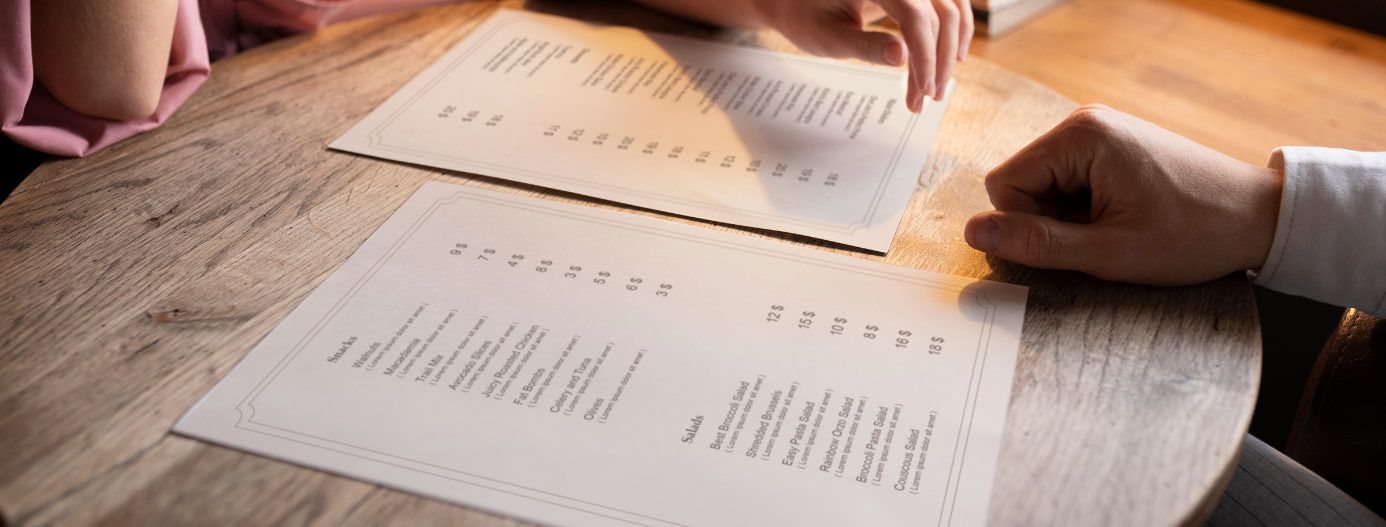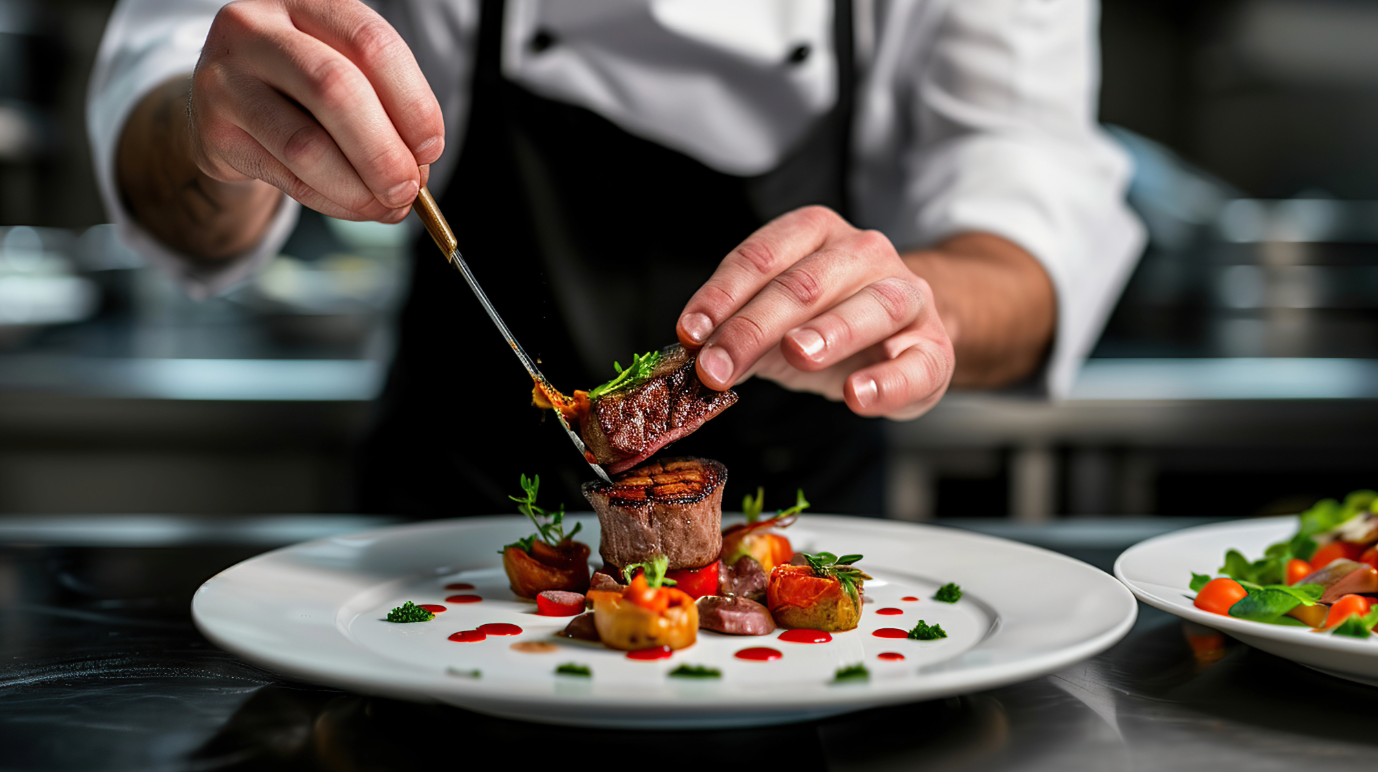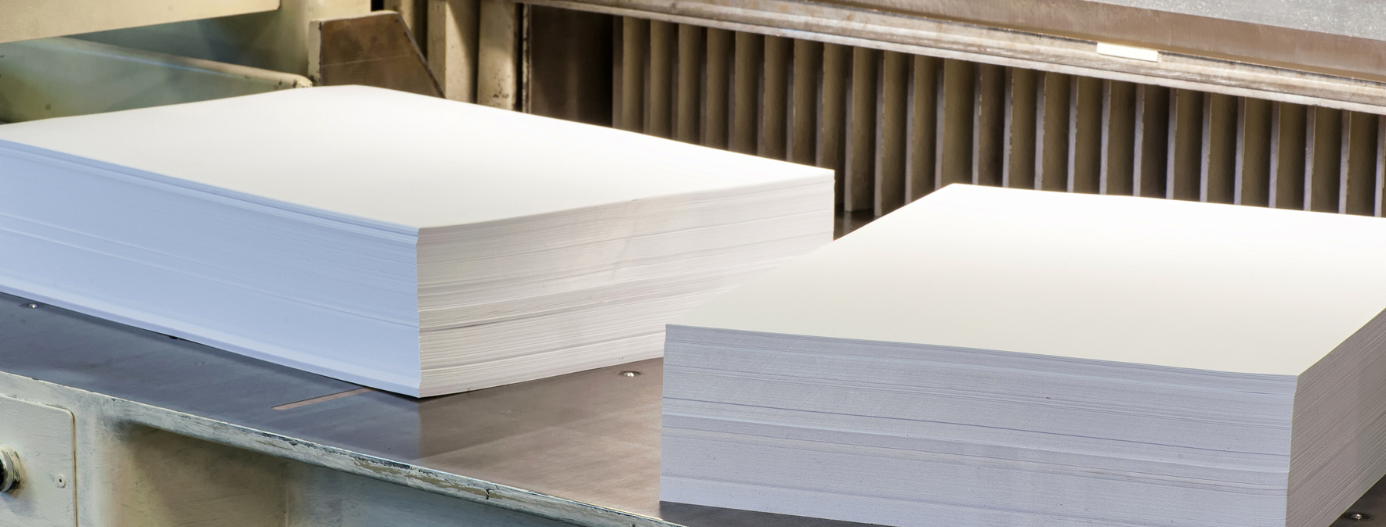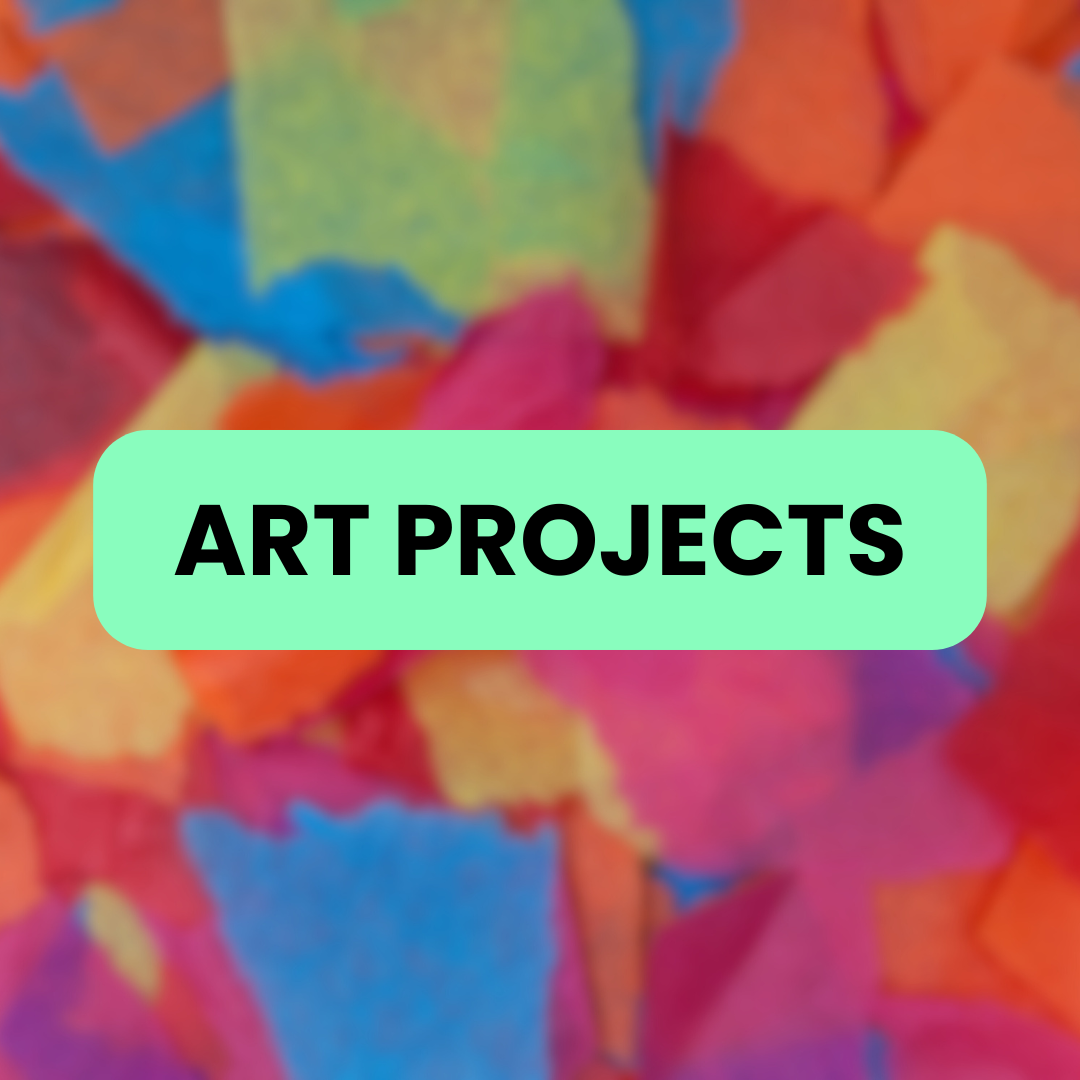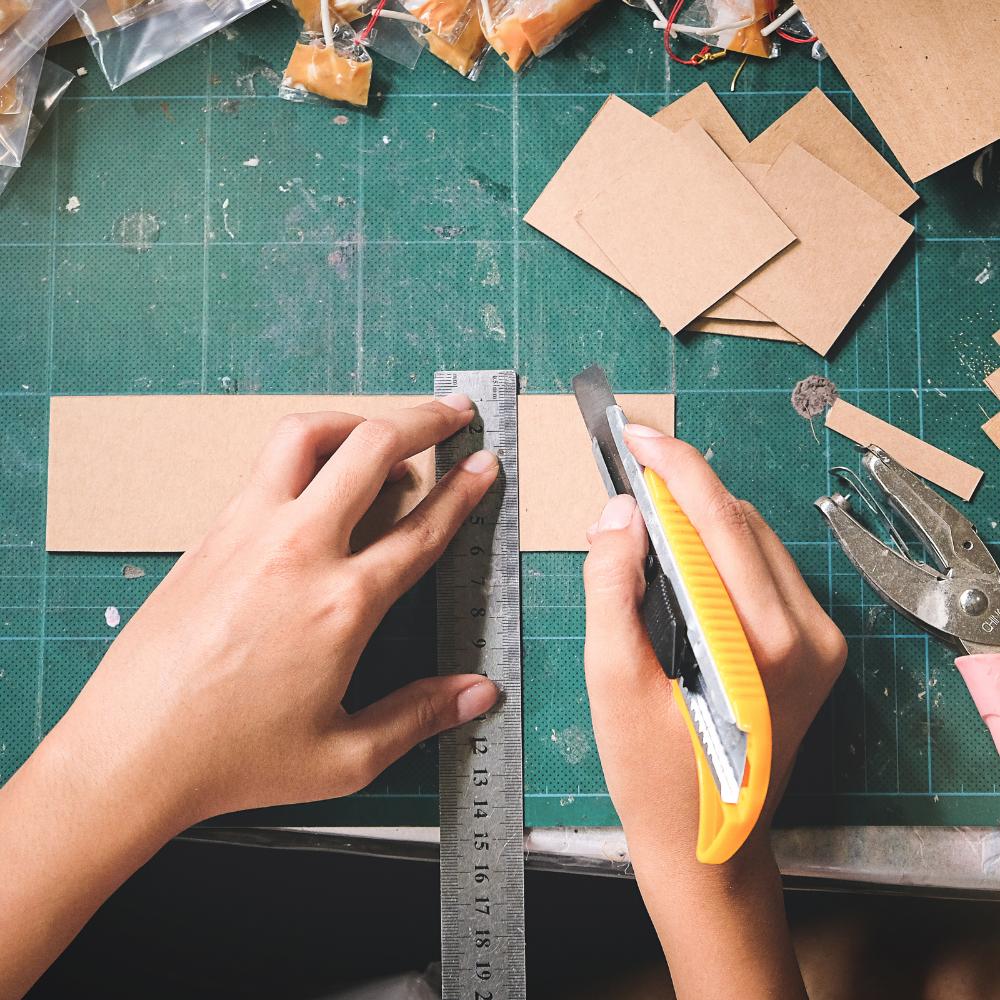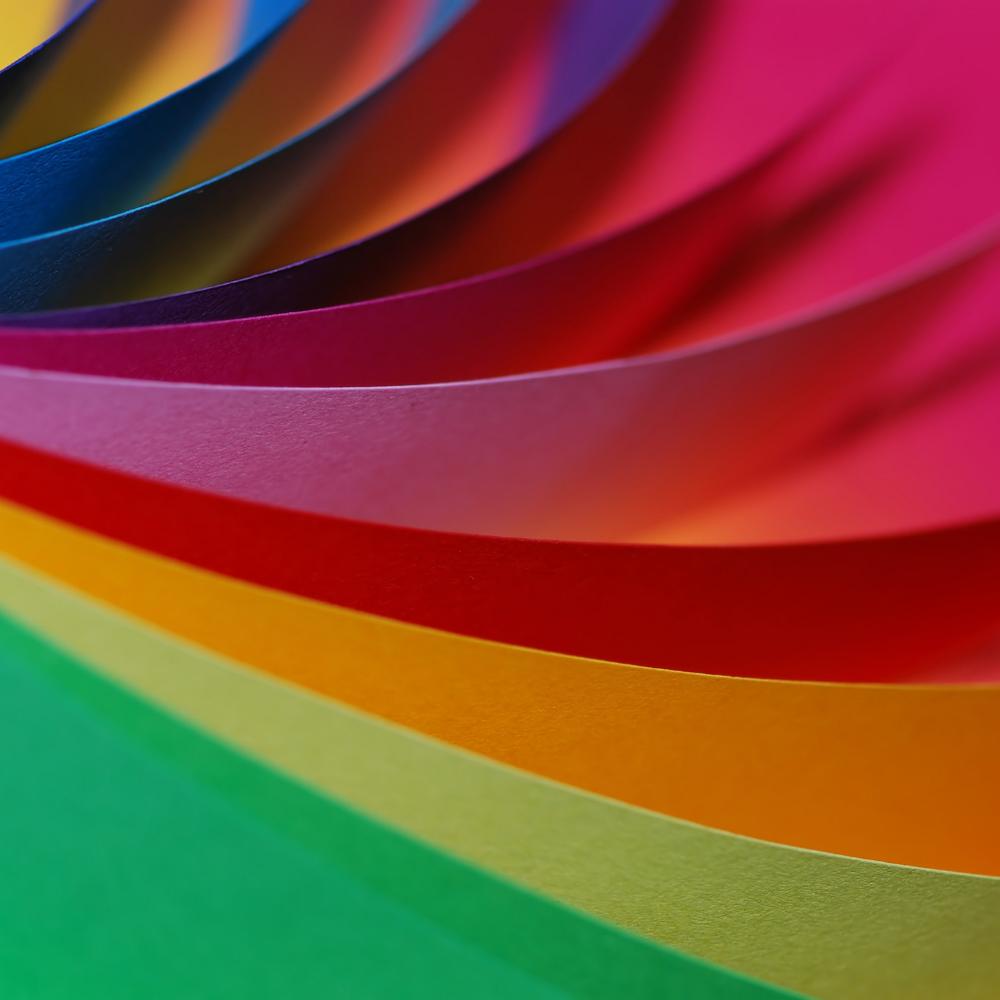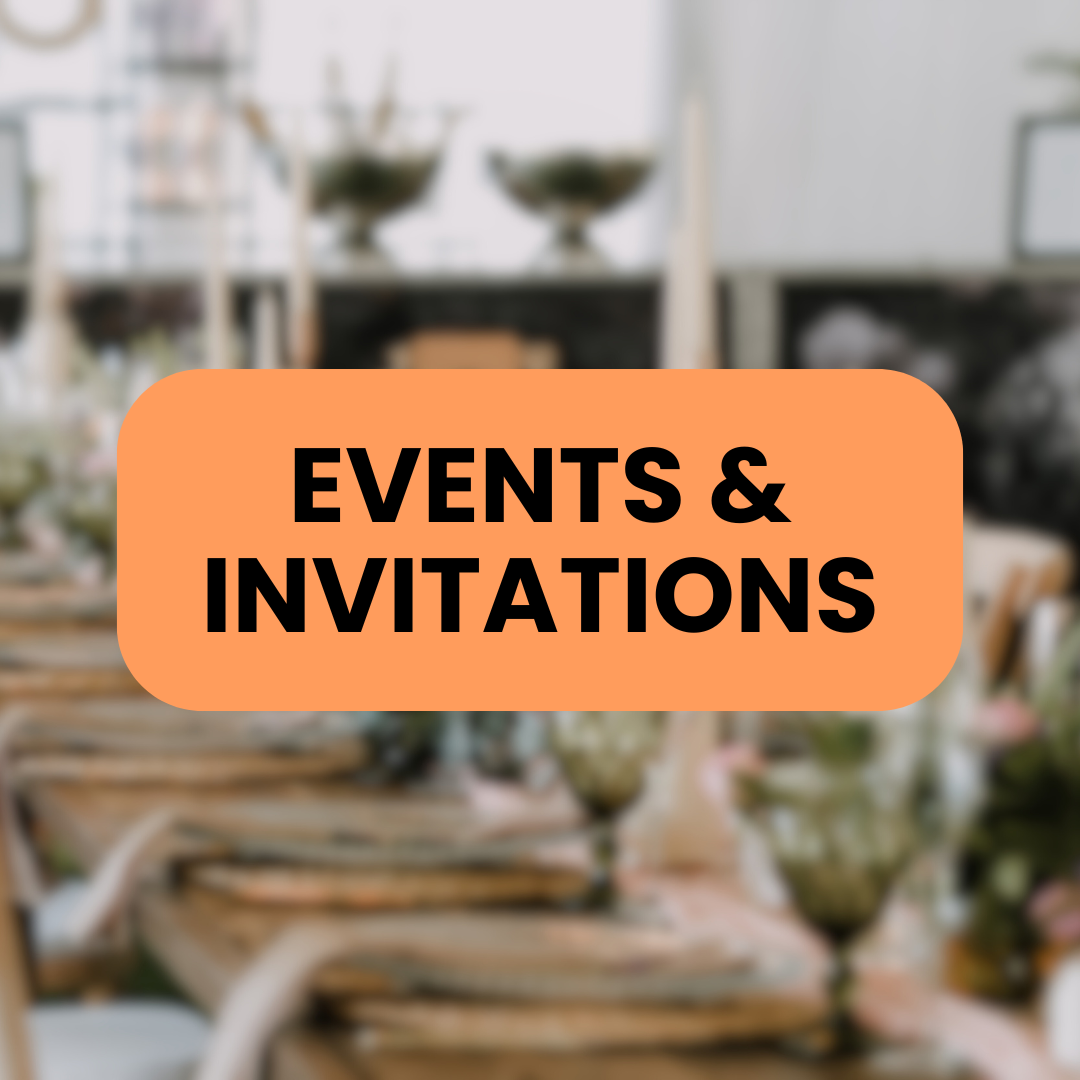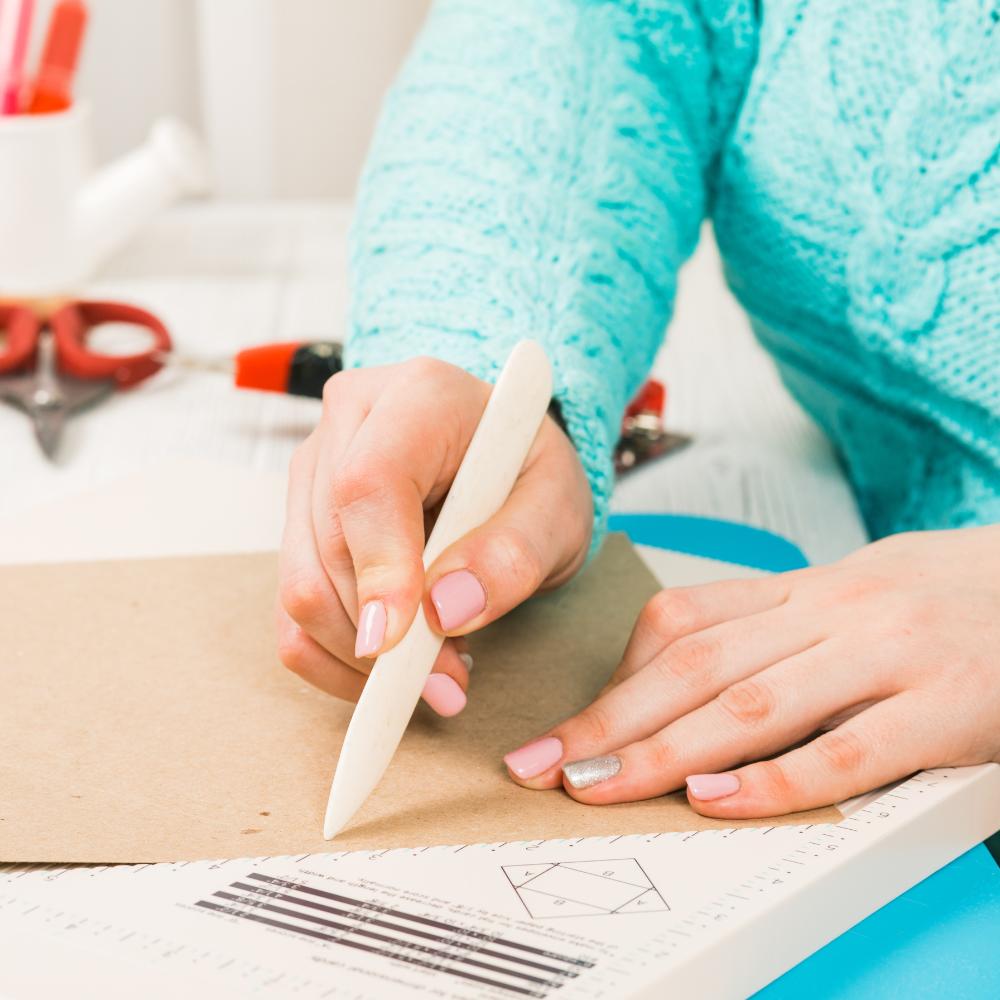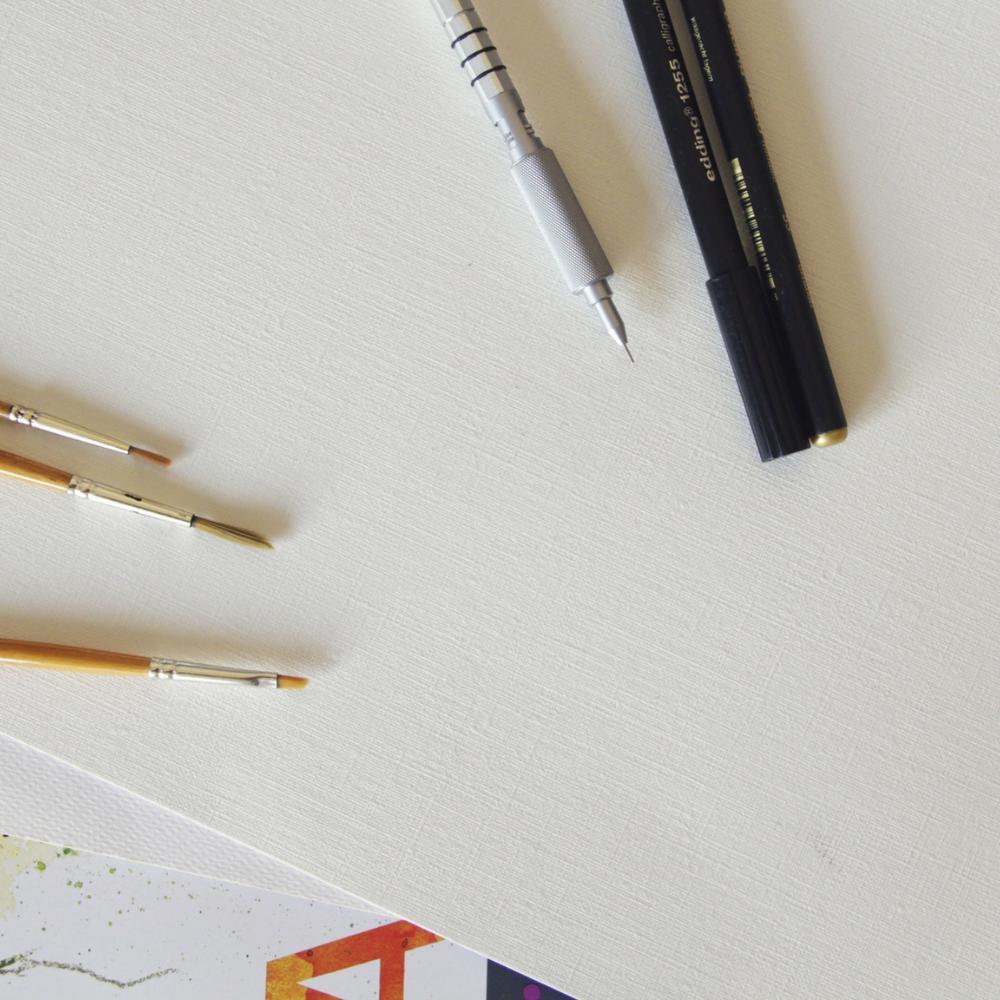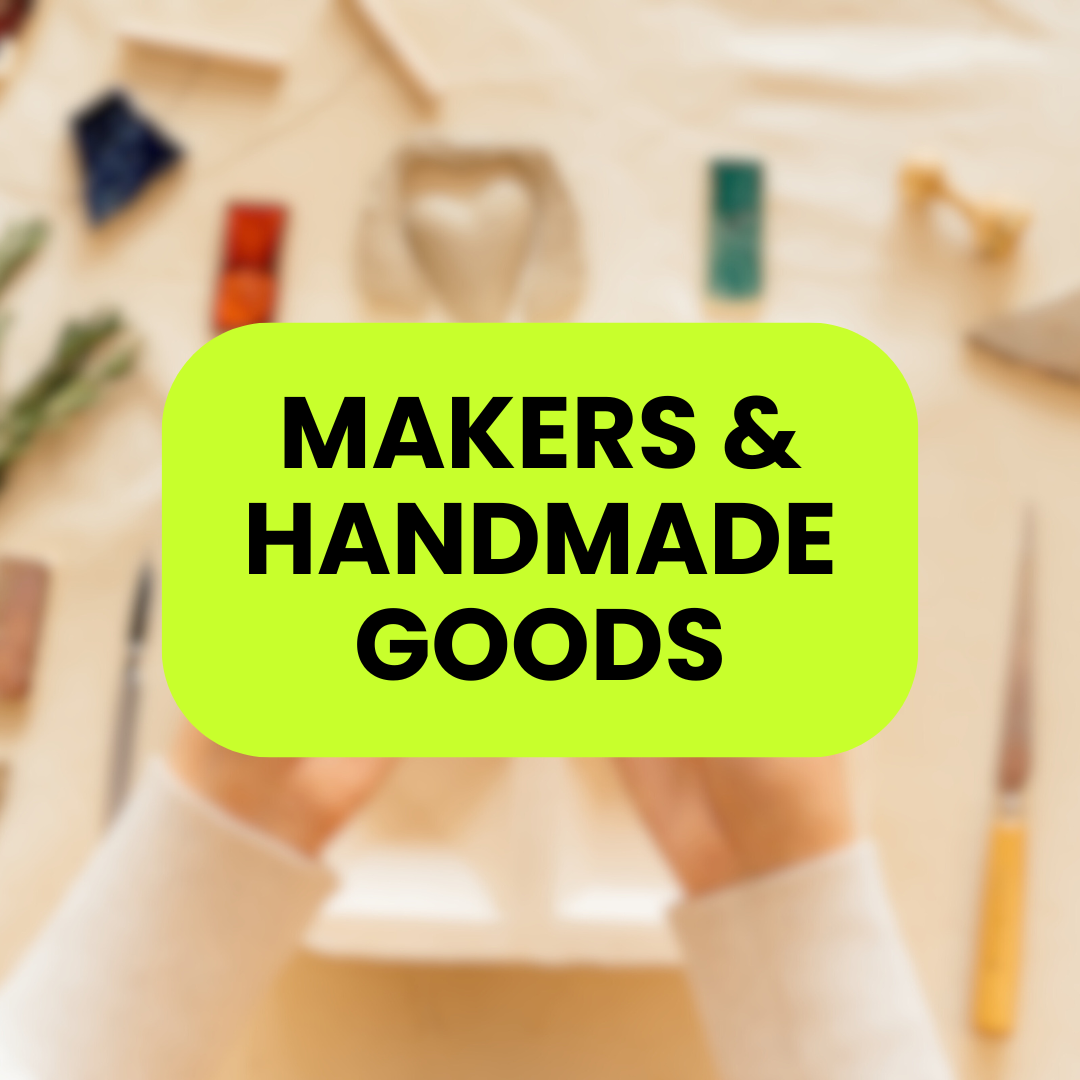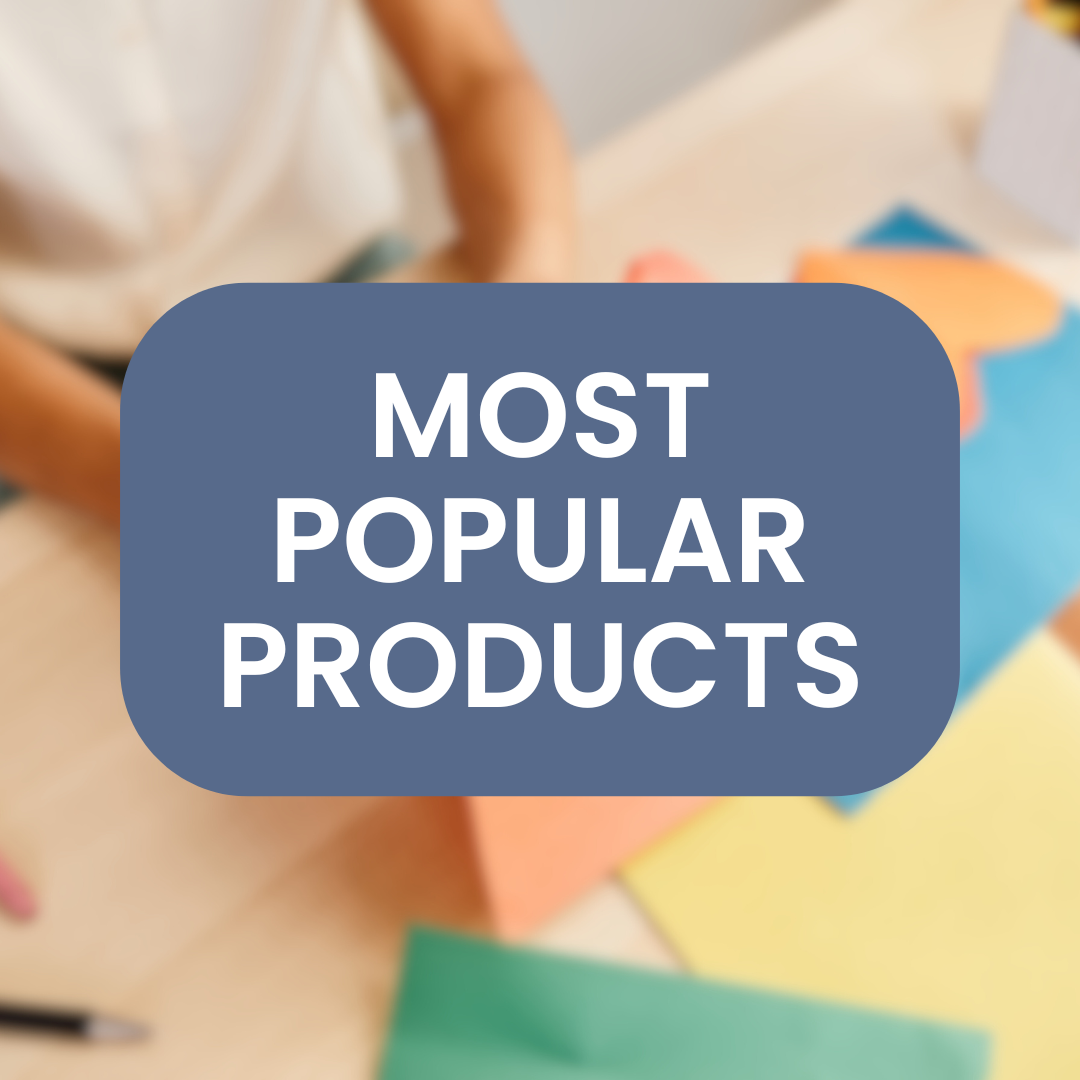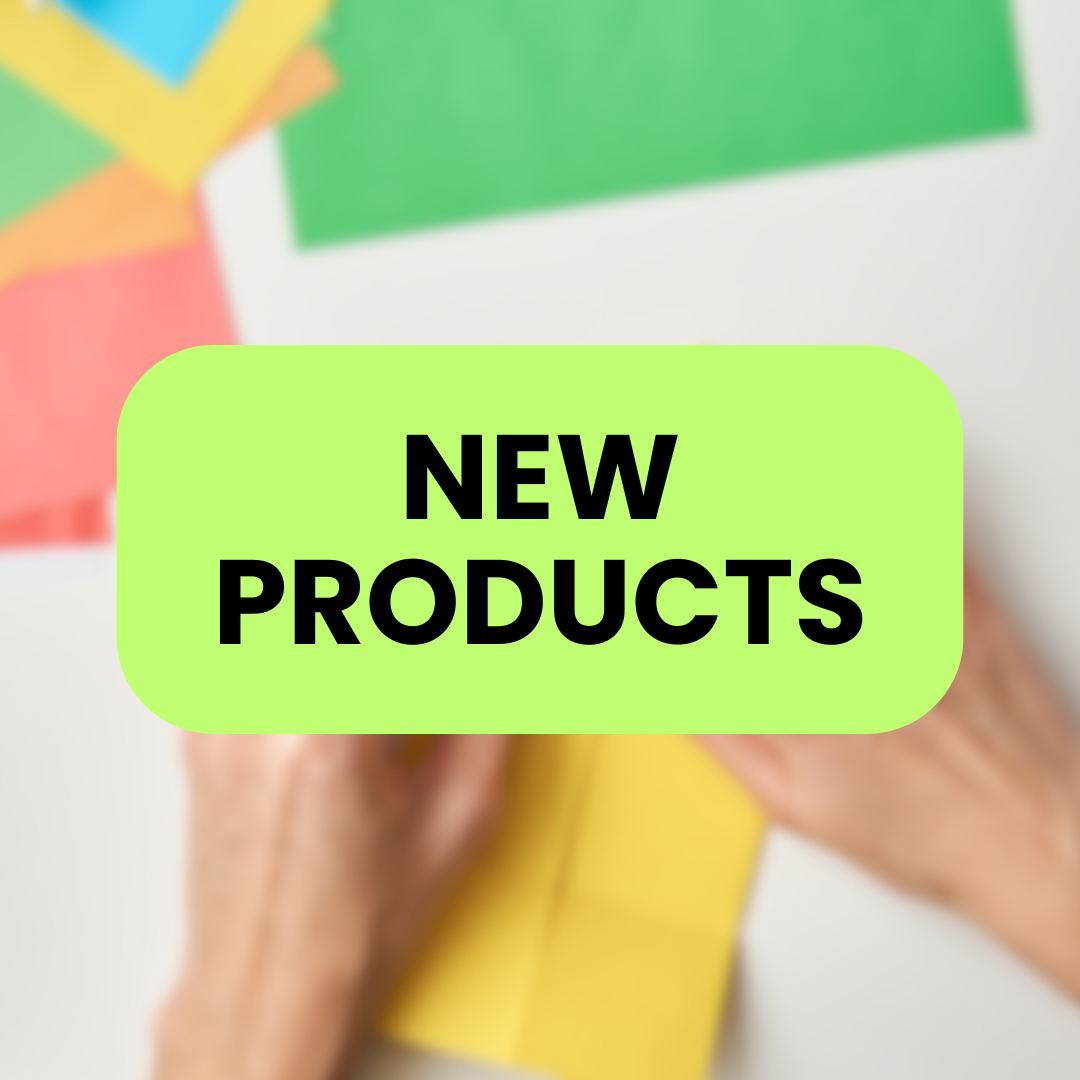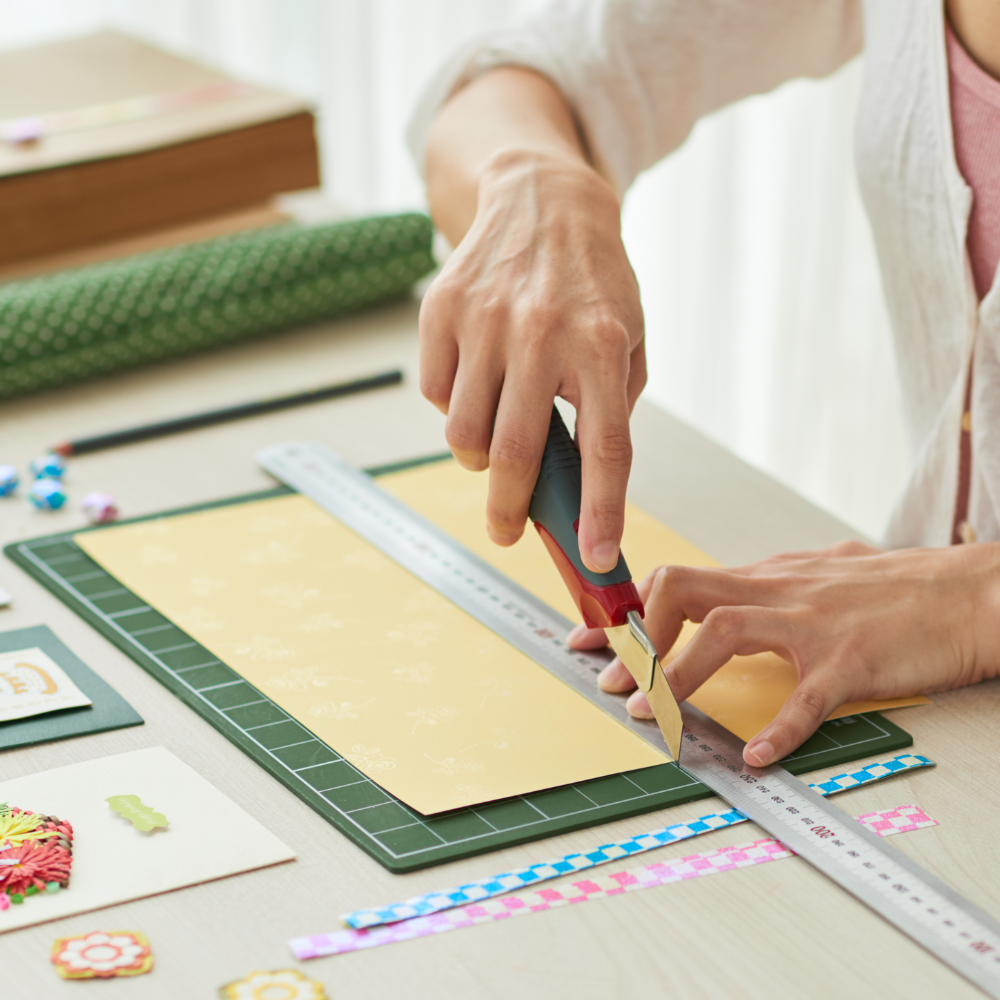Work With Chipboard In 2021
Anyone who uses cardstock for craft or professional printing knows the versatility of the thick and strong paper. One of the lesser known cardstock that is still just making its way into paper based crafting is chipboard.
Chipboard is a term used for a variety of paper that are made from 100% recycled fiber and pressed papers. It is often made from recycling consumer waste paper and newspapers, resulting in a sheet of brown or gray chipboard, respectively.
Due to its immense strength and durability, chipboard has been used for decades in the packaging and construction industry. Lately, thin sheets of chipboard paper have made their way from simple cereal boxes to crafting arena but too many paper crafting enthusiasts are still not sure of where to use it.
Here are 5 things you need to know about chipboard in order to help you include it in your paper craft activities.
5 things to know about chipboard
It isn't cardboard
Even though chipboard has an appearance that is similar to that of cardboard, it still isn't exactly cardboard.
Chipboard is made from mixing hot water with recycled paper mesh that is then pressed into different thicknesses.
Chipboard is a light weight and smooth pressed paper that can be coated or uncoated to be used in different ways for packaging or displaying signage.
Cardboard sheet on the other hand is corrugated and used chiefly for the purpose of strong packaging material.
It is available in many thicknesses
We already know that chipboard is made by pressing the recycled paper mesh into many thicknesses.
You can use a chipboard for or packaging small glass jars of your moisturizer to store food items like cereal boxes for lightweight and protective packaging.
But a thicker and visibly grey or brown version of chipboard is also visible in the form of hard book covers or as the supportive backside of the legal pad of paper.
When available in the highest density, chipboard cardstock can be used in the form of floor board or to protect the floor from water paint for traffic driven machinery and blunt force impact.
It is used in furniture and construction
When a chipboard is made by gluing small pieces of wood together instead of paper pulp, you get the most durable and thickest form of chipboard that is used in the building construction process.
Because of its exceptional durability, you can even use chipboard for making surfaces that are permanent in nature such as countertops, floors or even furniture.
For additional durability of furniture, you can use resin to laminate the chipboard as an excellent affordable alternative to wood.
You can shape it to your needs
Also known as box board, book board pasteboard or particle board, chipboard is strong enough for having the required strength but thick enough to be bent into the shapes that you need.
You can easily cut the chipboard into desired shapes and sizes because of its manageable properties, different from that of a cardboard sheet.
You can also easily use a die cutter for creating clean cut different shapes for bigger projects, including chipboard.
The versatility for crafting
Since chipboard is available in many thicknesses, you can easily replace it with cardstock for a similar but affordable option. You can try many more crafting techniques with chipboard sheets for a result that is similar to cardstock paper.
For scrapbooking
You can use a chipboard not only for making a cover for your albums or scrapbook, but also for decorating your memorabilia. It is a thick paper that can be cut and covered with different patterned paper for making stickers or objects that appear raised.
Add glitter or glaze
By putting up a layer of adhesive all over the chipboard or only the areas you need, and then let a layer of sparkle sit on the adhesive for a few seconds. Then you can shake off the rest of glitter for a chipboard ready to be used for a background or cutting out 3D objects.
Use it for painting
You can draw and paint over the chipboard easily because of its toothy, rough surface. Then try acrylic paint to color the chipboard. If you wish to completely remove the original brown or grey color of the chipboard from the background, then allow one coating of paint to dry and paint over it again.
It really is easy to choose between many options of chipboard available at ThunderBolt papers for you to start your chipboard exploration. We would love to hear your experience with chipboard, don't forget to leave a comment.


